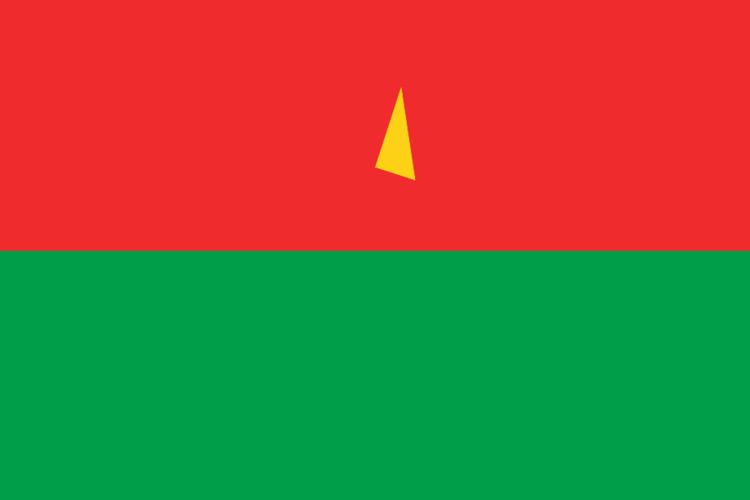Population 16.93 million (2013) GNI per capita 1,440 PPP dollars (2013) | Life expectancy 55.86 years (2012) Population growth rate 2.8% annual change (2013) | |
 | ||
Fertility rate 5.69 births per woman (2012) | ||
This article is about the demographic features of the population of Burkina Faso, including population density, ethnicity, education level, health of the populace, economic status, religious affiliations and other aspects of the population.
Contents
- Map of Burkina Faso
- Population
- Vital statistics
- Fertility and Births
- CIA World Factbook demographic statistics
- Age structure
- Median age
- Population growth rate
- Sex ratio
- Life expectancy at birth
- HIVAIDS
- Major infectious diseases
- Nationality
- Ethnic groups
- Religions
- Languages
- Literacy
- Education expenditure
- References
Map of Burkina Faso
Burkina Faso's 15.3 million people belong to two major West African cultural groups—the Gur (Voltaic) and the Mandé. The Voltaic are far more numerous and include the Mossi, who make up about one-half of the population. The Mossi claim descent from warriors who migrated to present-day Burkina Faso and established an empire that lasted more than 800 years. Predominantly farmers, the Mossi are still bound by the traditions of the Mogho Naba, who hold court in Ouagadougou.
About 12,000 Europeans reside in Burkina Faso, the majority of whom are French.
Most of Burkina Faso's population is concentrated in the south and center of the country, with a population density sometimes exceeding 48 inhabitants per square kilometer (120 inhabitants per square mile). This population density, high for Africa, causes annual migrations of hundreds of thousands of Burkinabé to Ivory Coast and Ghana for seasonal agricultural work. About a third of Burkinabé adhere to traditional African religions. The introduction of Islam to Burkina Faso was initially resisted by the Mossi rulers. Christians, predominantly Roman Catholics, are largely concentrated among the urban elite.
Few Burkinabé have had formal education. Schooling is free but not compulsory, and only about 29% of Burkina's primary school-age children receive a basic education. The University of Ouagadougou, founded in 1974, was the country's first institution of higher education. The Polytechnic University of Bobo-Dioulasso in Bobo-Dioulasso was opened in 1995.
Population
According to the 2010 revision of the World Population Prospects the total population was 16 469 000 in 2010, compared to only 4 284 000 in 1950. The proportion of children below the age of 15 in 2010 was 45.3%, 52.4% was between 15 and 65 years of age, while 2.2% was 65 years or older .
Vital statistics
Registration of vital events is in Burkina Faso not complete. The Population Departement of the United Nations prepared the following estimates.
Fertility and Births
Total Fertility Rate (TFR) (Wanted Fertility Rate) and Crude Birth Rate (CBR):
Fertility data as of 2013 (DHS Program):
CIA World Factbook demographic statistics
The following demographic statistics are from the CIA World Factbook, unless otherwise indicated.
